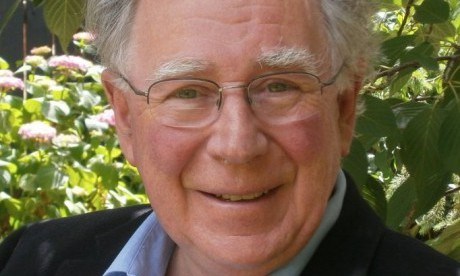The papacy only gained complete power over the appointment of bishops in the mid-19th century; it’s that recent. Previously many different systems operated, but the key issue was that the local church had a major say in who was appointed bishop, even if it was only the local lord or king.
Nowadays episcopal appointments result from a closed, opaque process in which all power is held by the Vatican and hardly any by the local church. The result: some very poor appointments.
The Code of Canon Law outlines the general process: “At least every three years the bishops of an ecclesiastical province…are to compose in common counsel and in secret a list of priests …who are suitable for the episcopacy and to send it to the Apostolic See” (Canon 377, 2).
In Australia the process works like this: the papal nuncio, currently Filipino Archbishop Adolfo Yllana, canvasses the names of priests for possible appointment and seeks the views of the bishops of the region, including the bishop of the diocese to which the priest is to be appointed.
Selected senior clergy and a few carefully chosen laypeople are consulted, usually through a secret questionnaire. It asks about the candidate’s personal qualities, orthodoxy, loyalty to the pope, commitment to celibacy, opposition to women priests, public image, any predisposition to hereditary illness and his family’s “condition”.
It also asks about the candidate’s adherence to the infamous 1998 “Statement of Conclusions” imposed by the Vatican on the Australian bishops in which Australian Catholics were described as too “egalitarian”.
On the basis of these consultations a terna, a list of three names, is compiled by the nuncio and forwarded to the Vatican Congregation for Bishops.
Here another investigation is made where they check whether any of the priests on the terna have been reported to the Vatican for issues like “unorthodoxy” (i.e. heresy), or disagreement with the prevailing Roman line on anything, or any critical comments about the pope or Vatican. Here it helps a lot if you have powerful patrons or good connections in Rome.
At the end of the process the list is sent to the pope for decision. He normally chooses the priest at the top of the list. Continue reading
- Paul Collins is an Australian historian, broadcaster and writer currently based in Canberra.
News category: Analysis and Comment.




